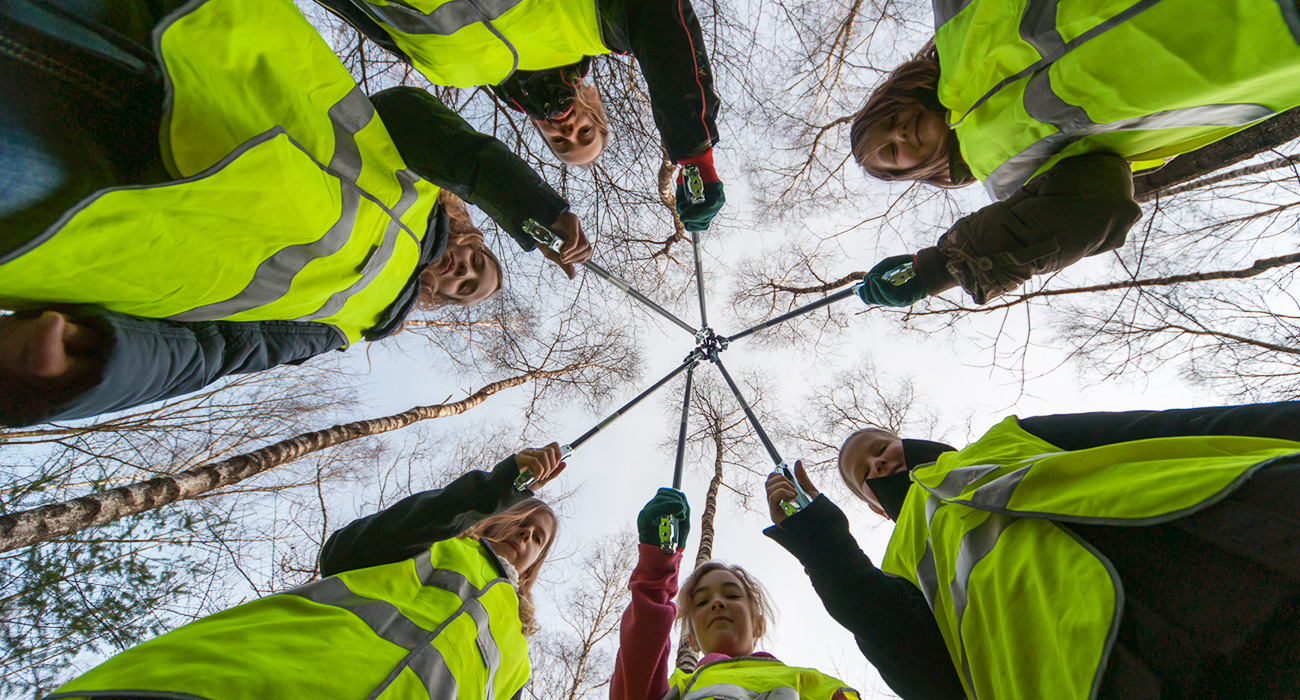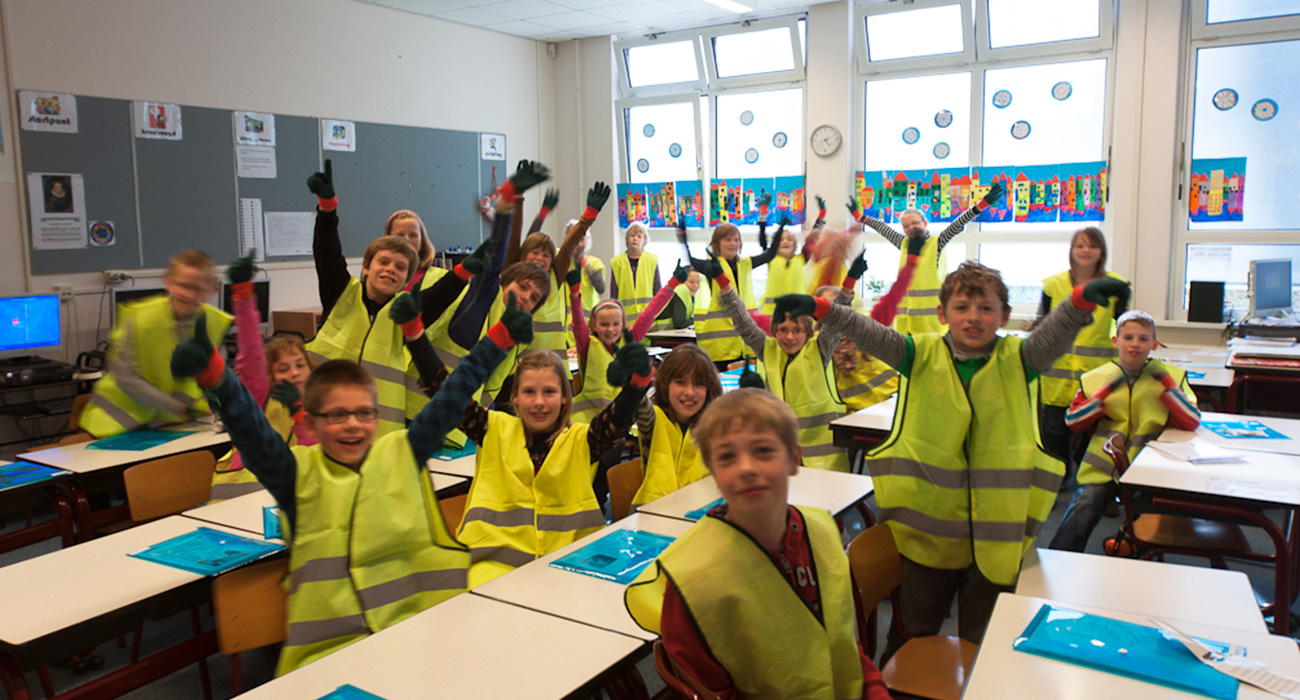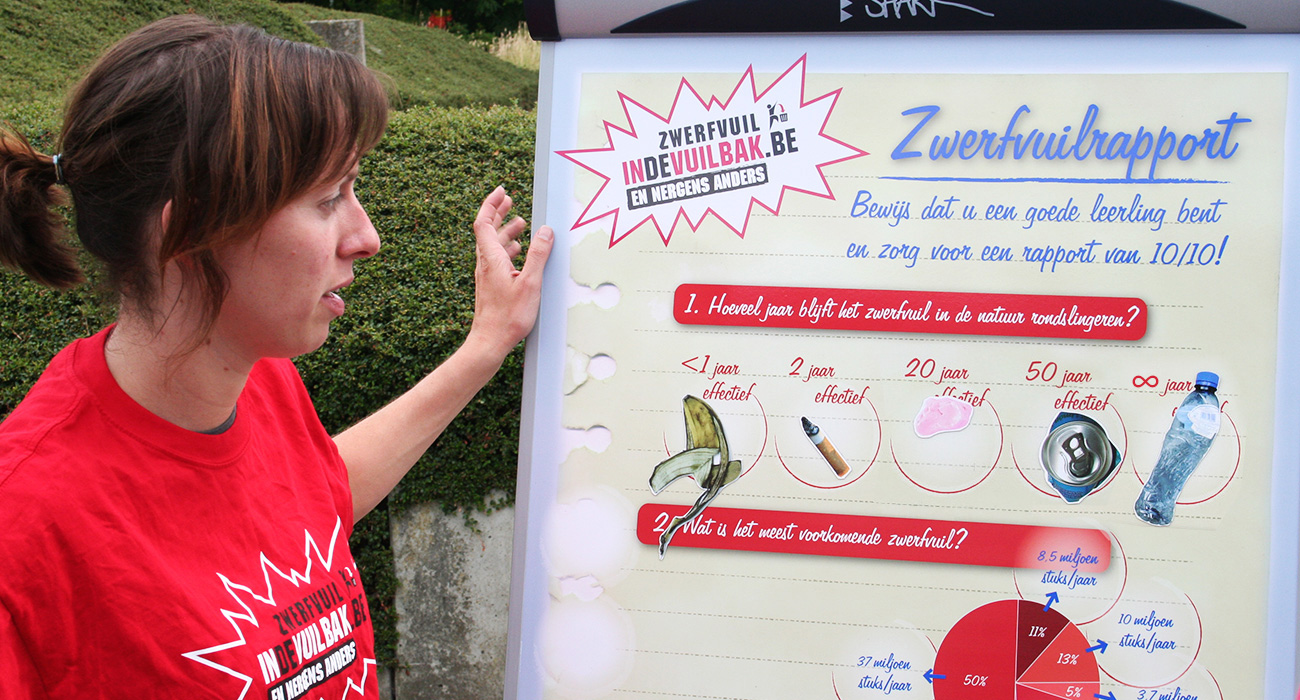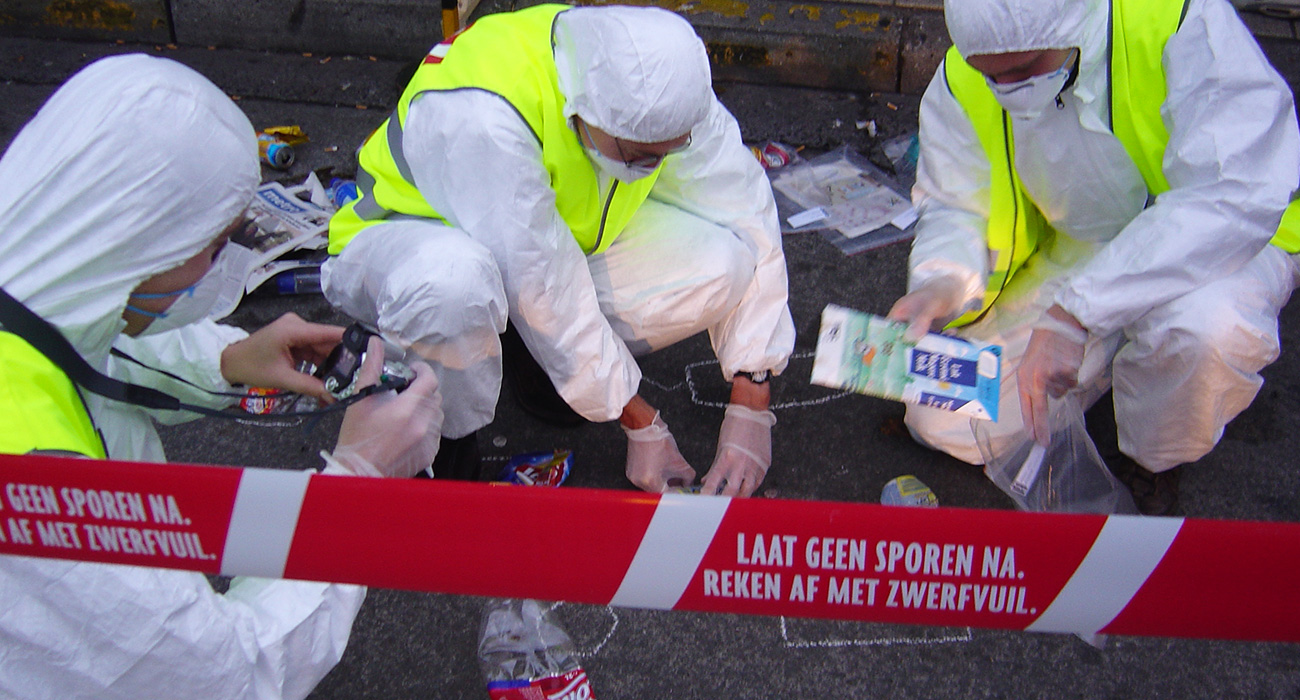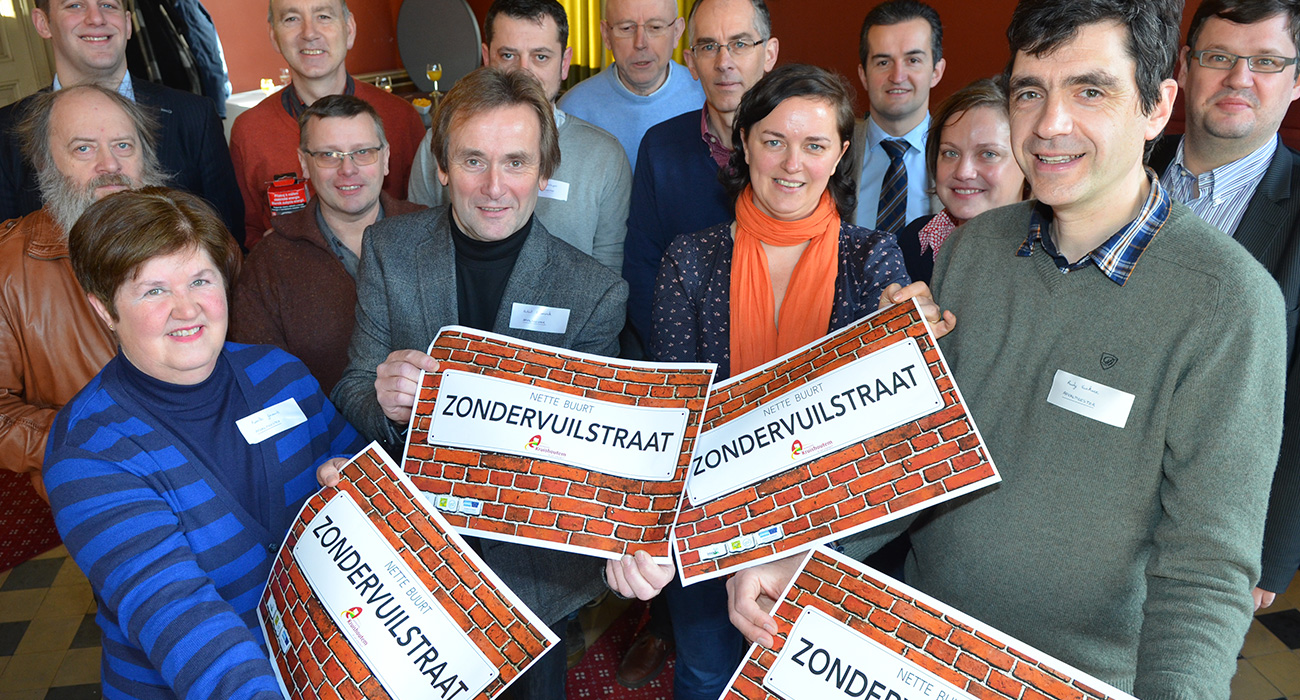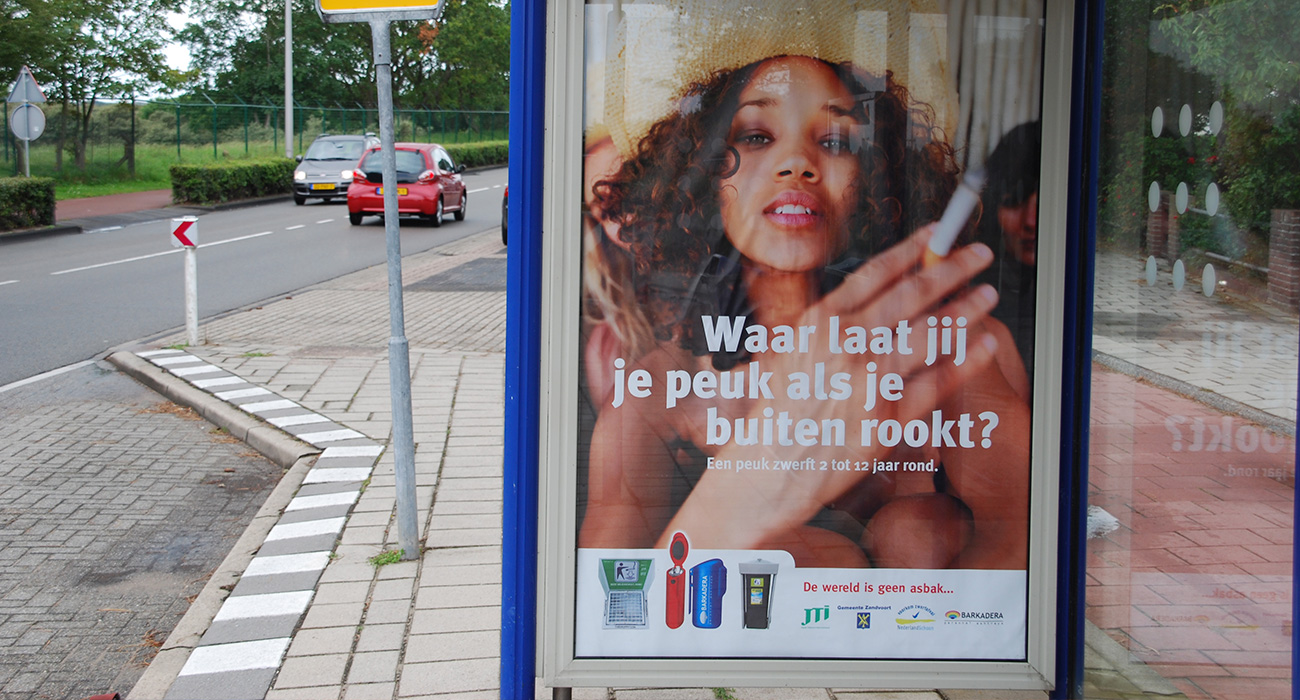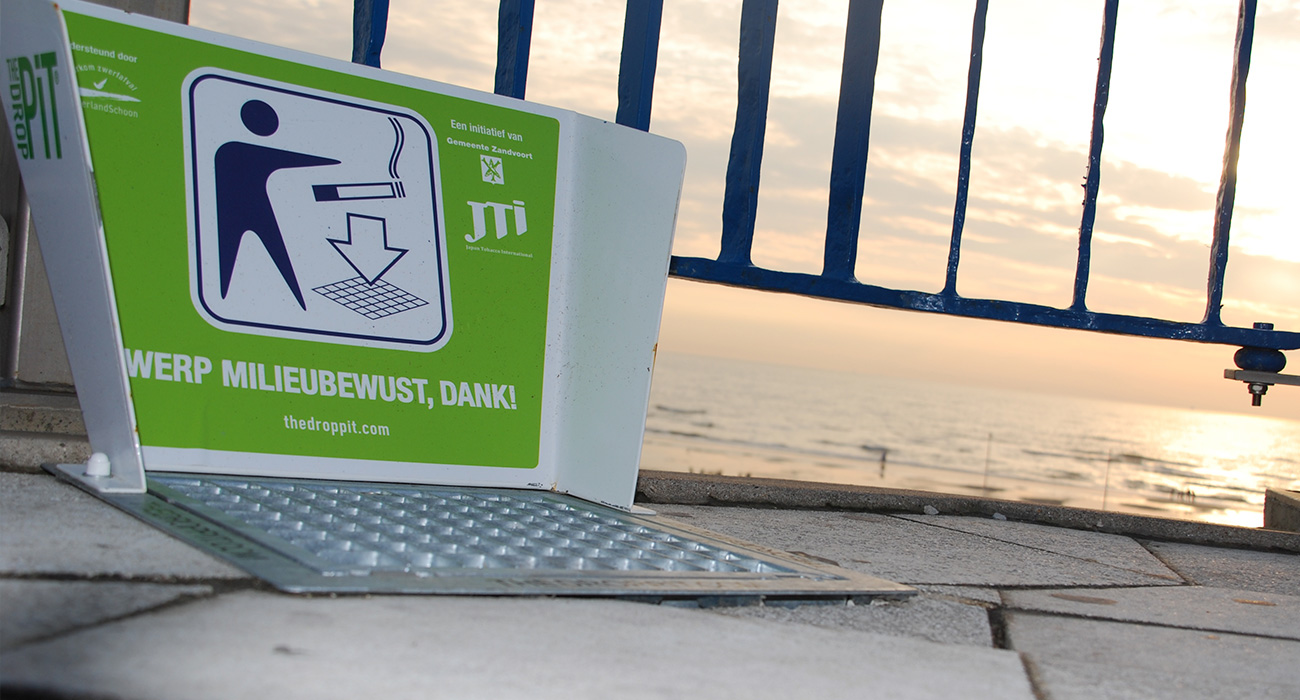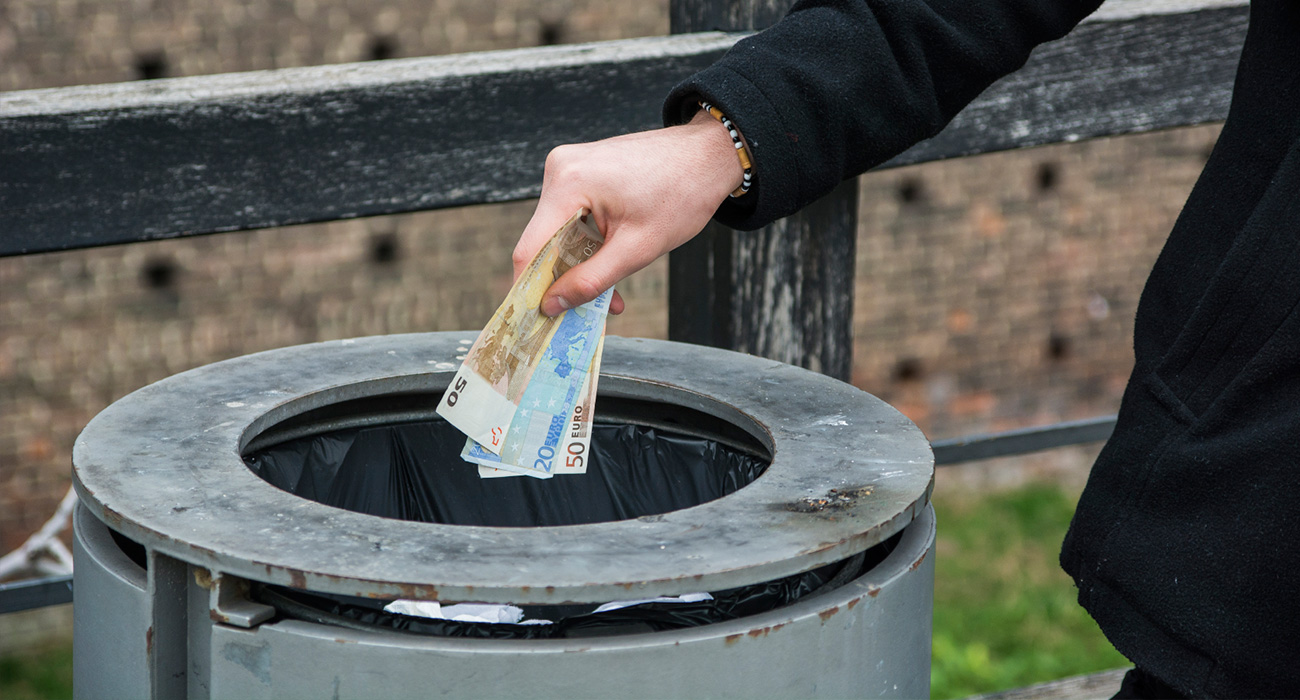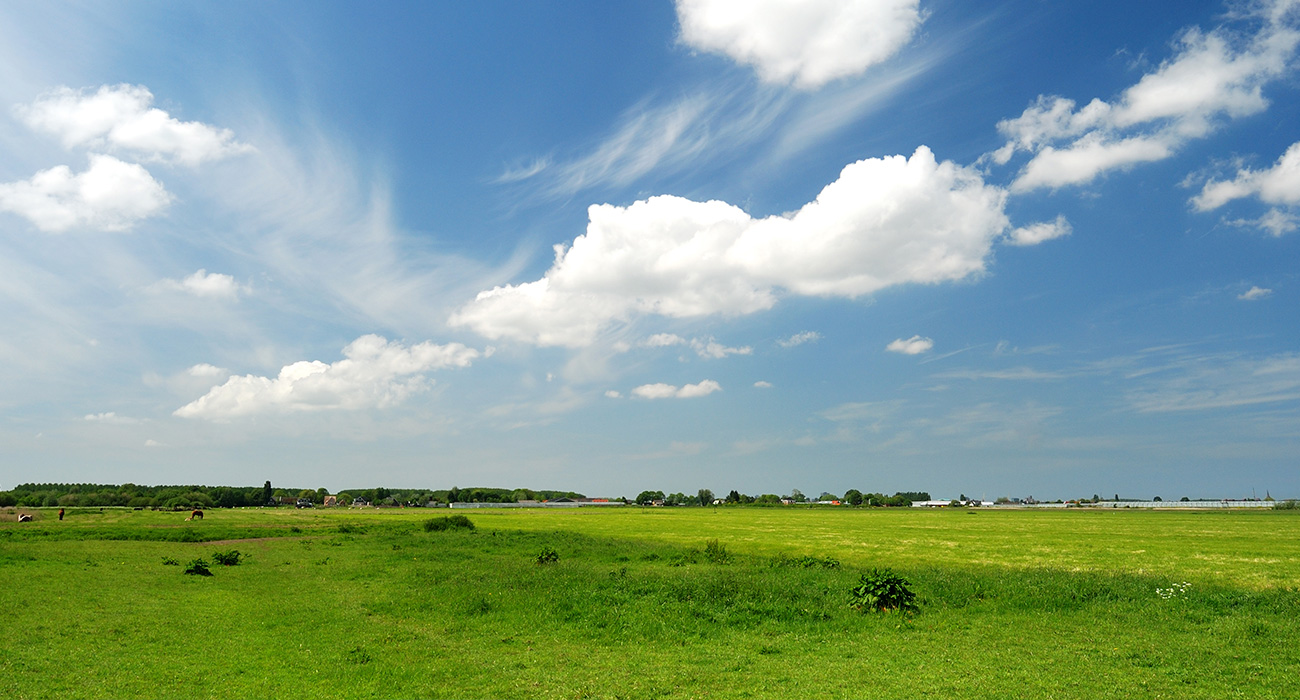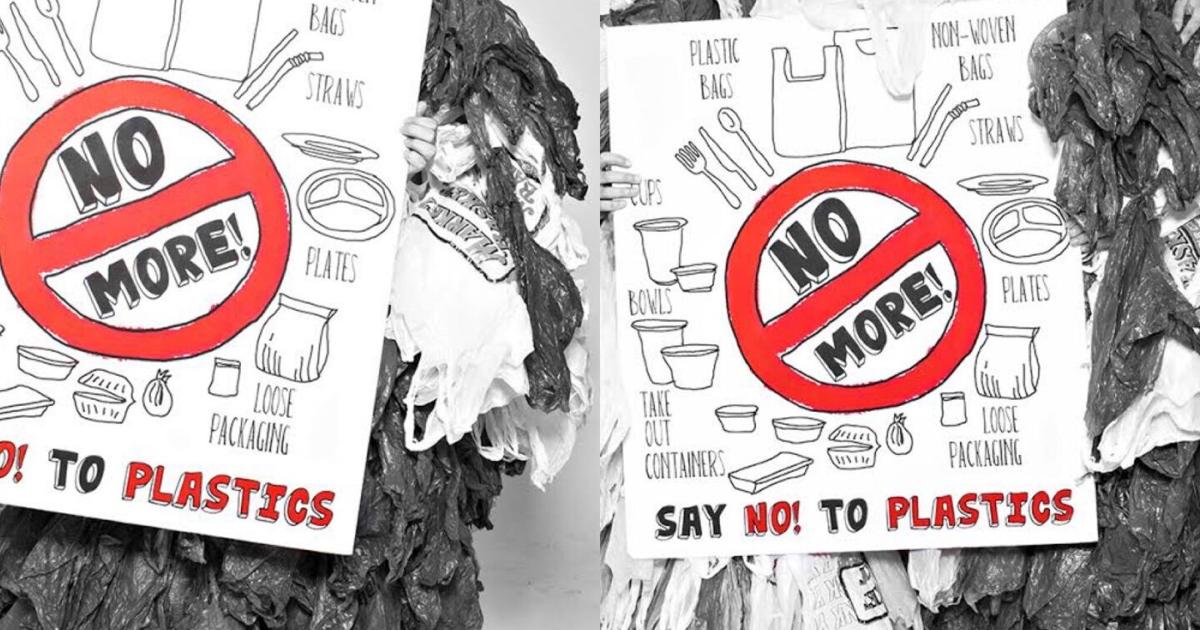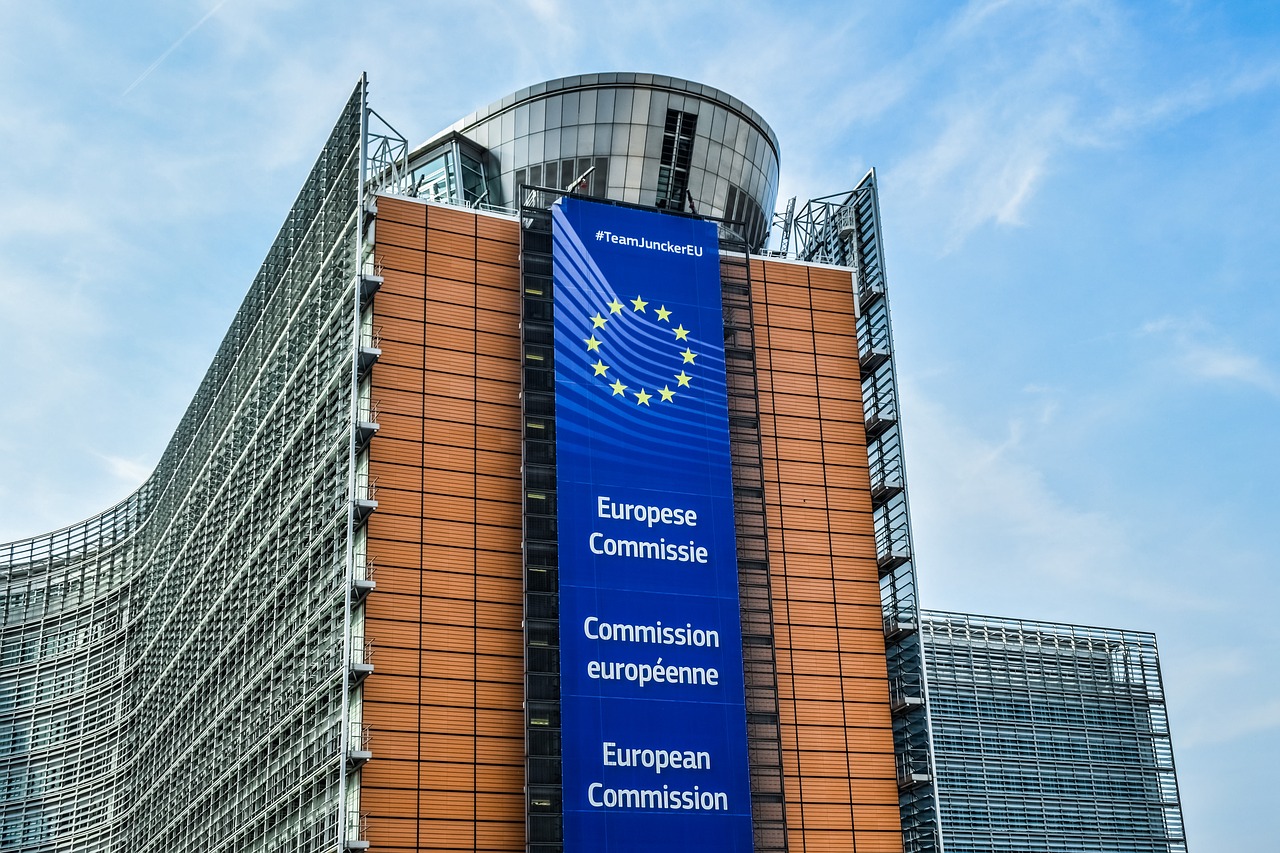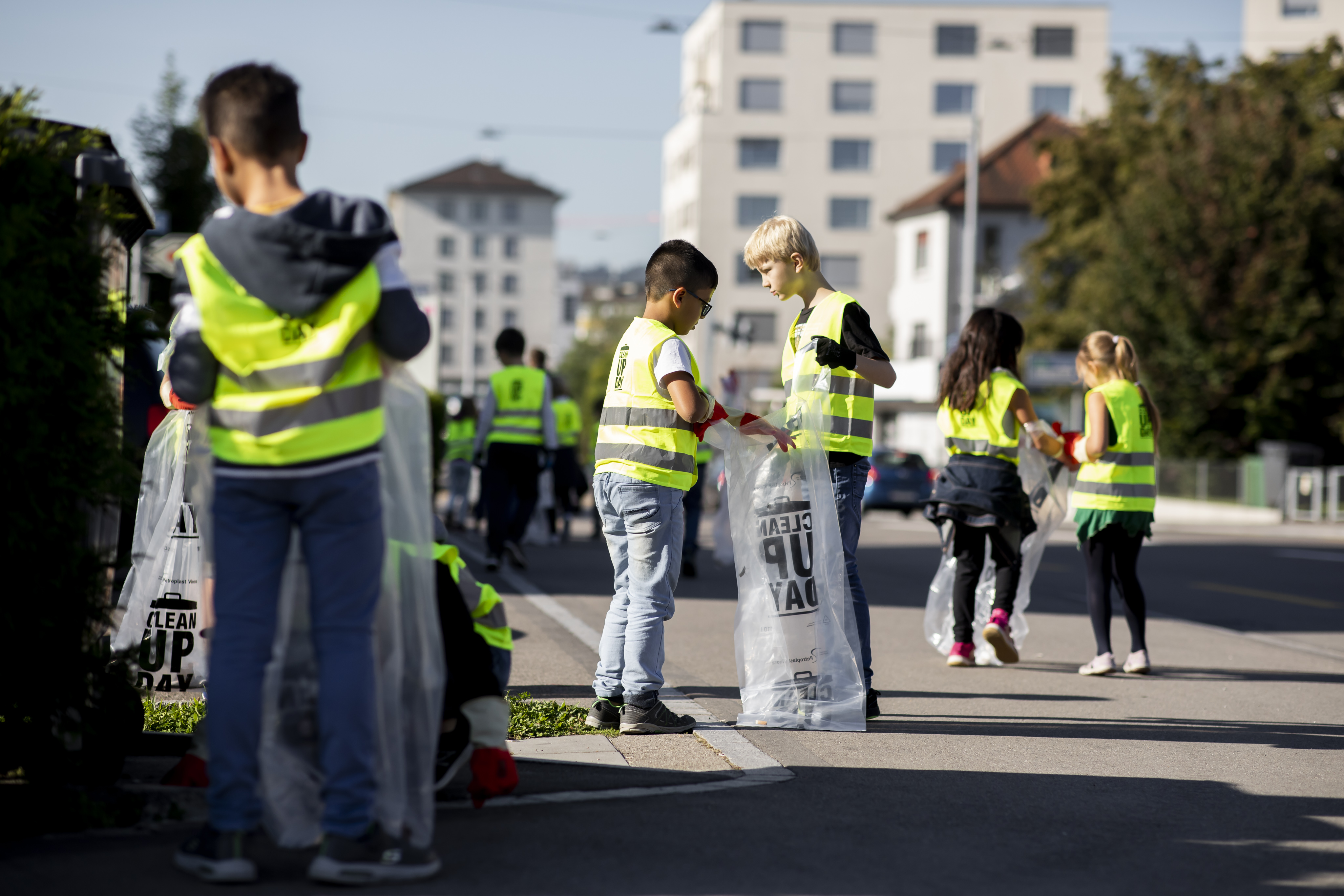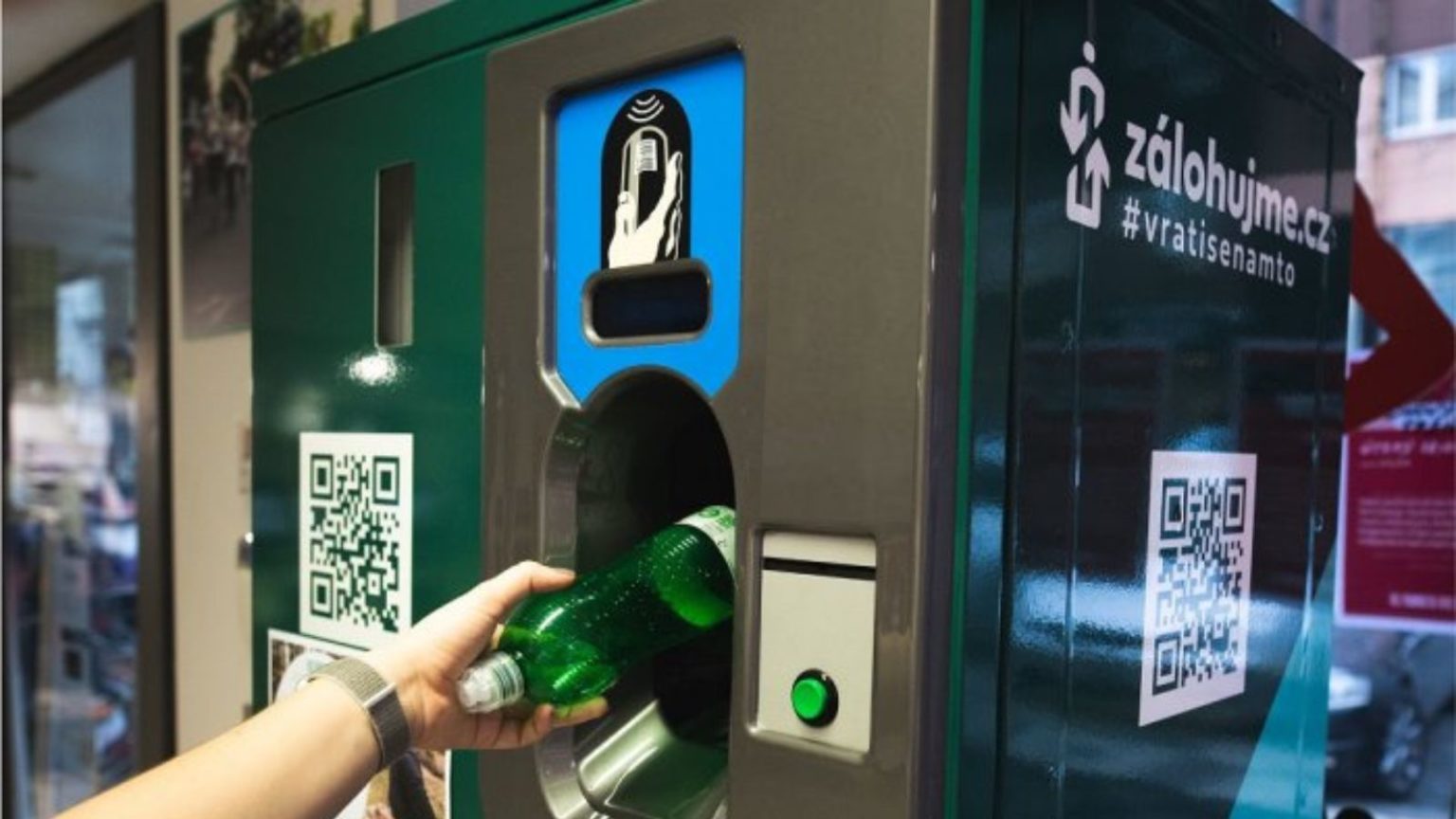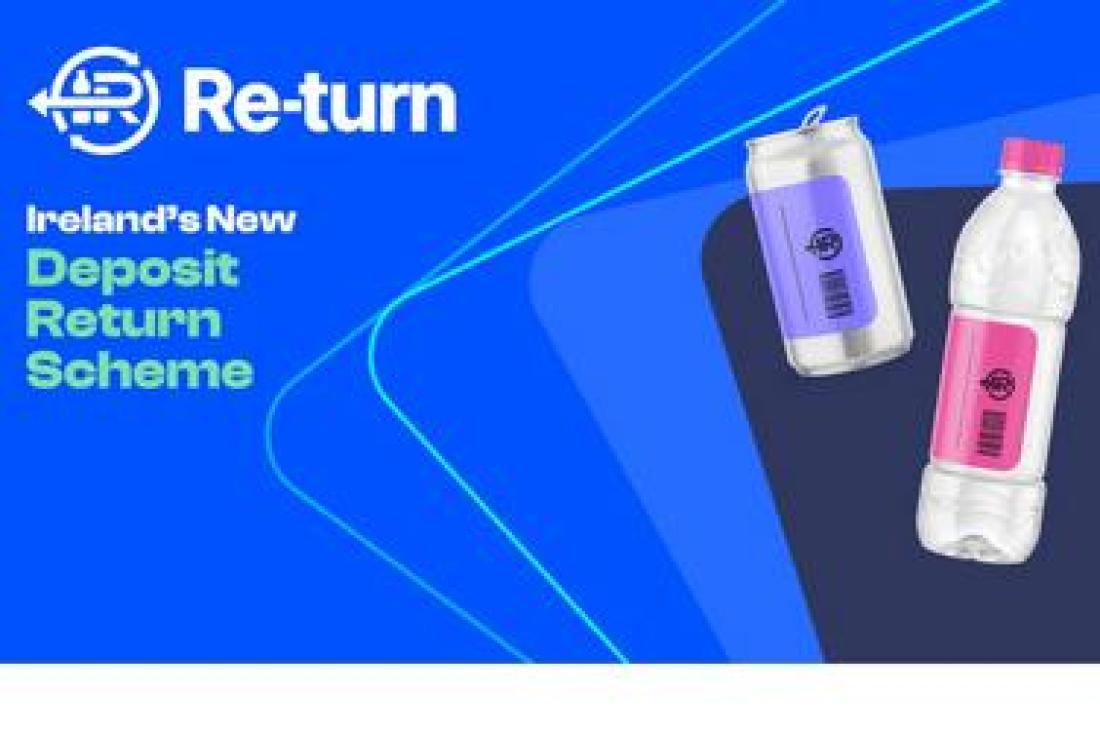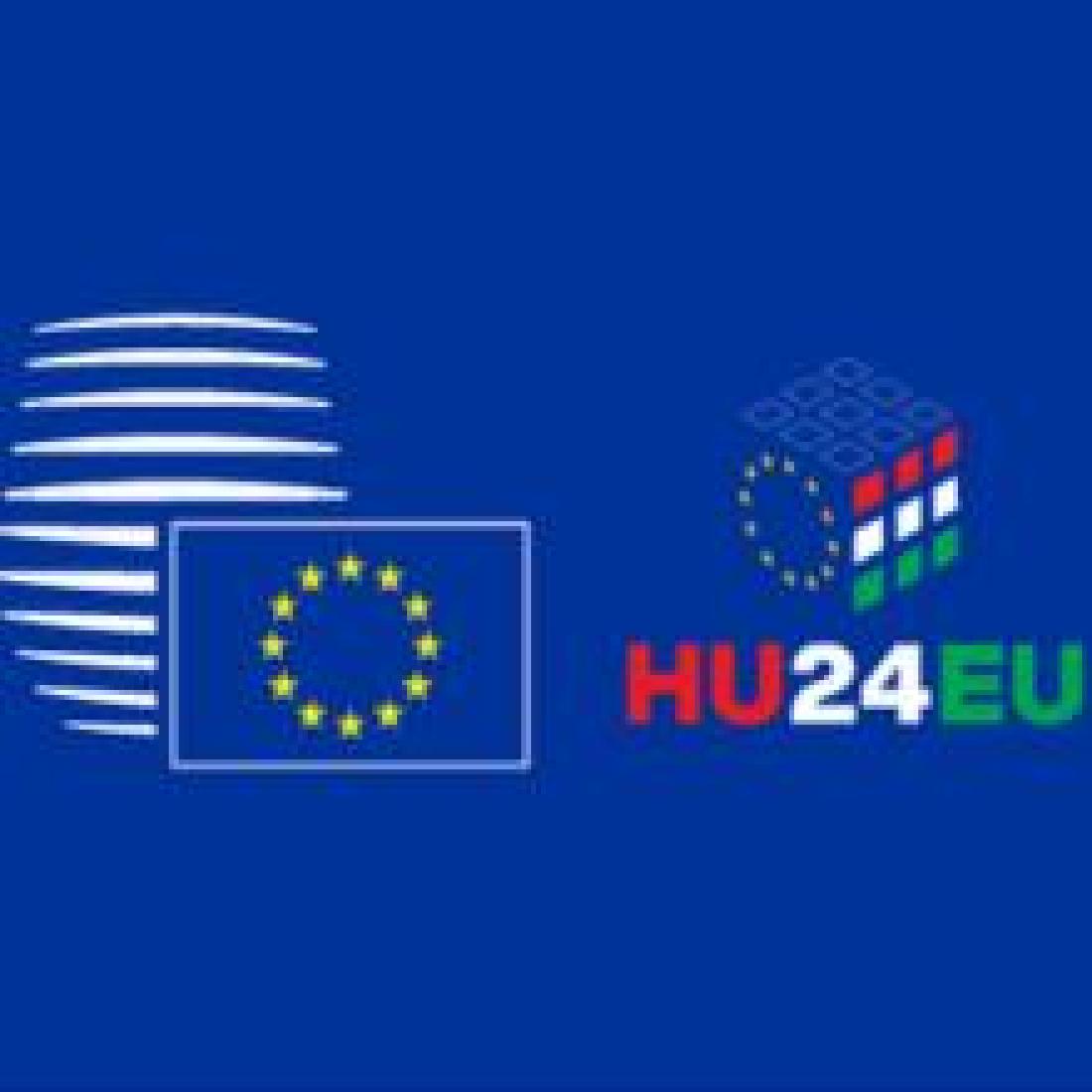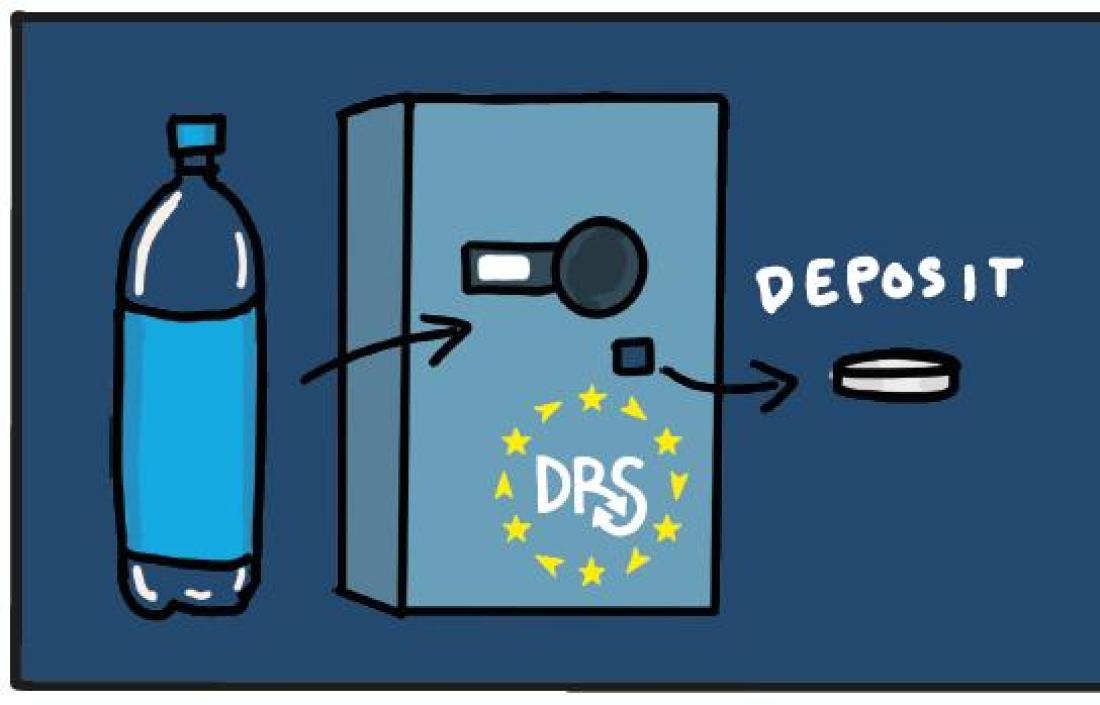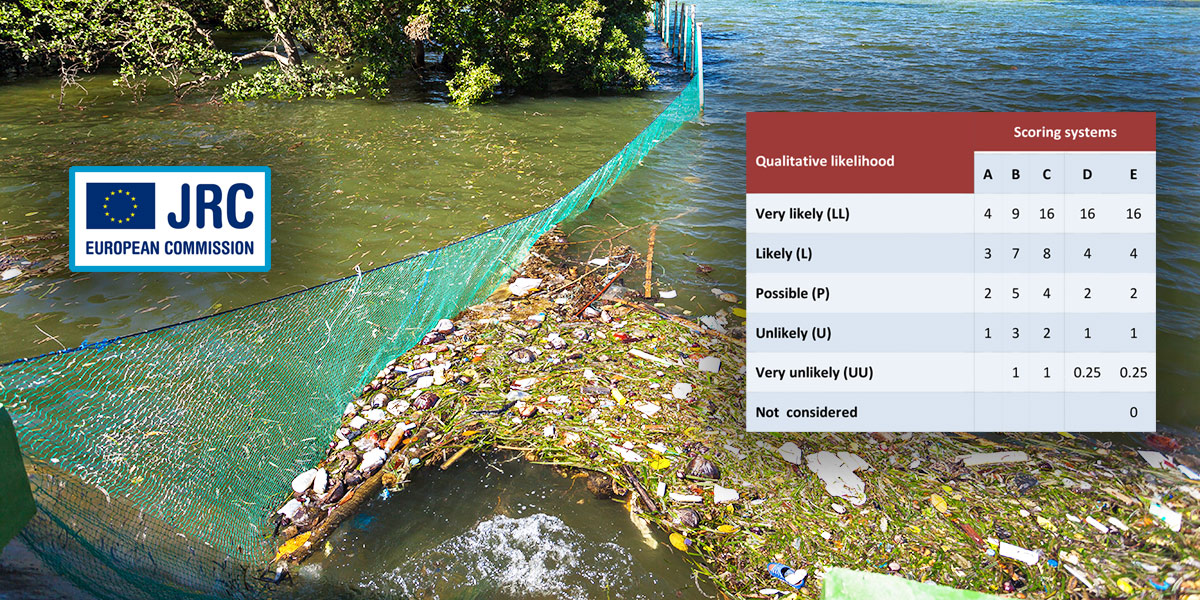
How do we track marine and riverine litter in Europe?
Once it has reached the seas, precisely identifying the different sources of marine litter is a complex and challenging task. Last month, EU scientists from the European Commission’s Joint Research Centre published two studies that look at the existing best available techniques to measure marine litter as well as riverine litter. Both are closely related as “rivers are likely to represent substantial pathways to the marine environment”, the marine litter study notes.
Today, riverine litter is measured through surface observation techniques, but also by counting litter items that are collected with nets, filtration-pumps, floats, artificial structures or simply accumulated on the riverbanks. In order to be able to compare riverine litter trends across Europe, the study notes that “harmonised and documented protocols are needed, along with procedures for data quality assurance, reporting of data in agreed units”. This is something the Clean Europe Network and its members are working on.
Click here to read the full riverine litter report and the JRC’s recommendations.
As far as marine litter is concerned, you can count the litter items that are stranded on a beach, but that doesn’t tell you if these have merely been dropped there, whether they were blown away from a local town, whether they have washed up through the local sewage systems or whether they have travelled miles at sea before settling for the beach you are on. If it has been at sea for a while, it is all the more difficult to identify its origin.
Some methods use the type of littered item to define its origin, while others look at identifying marks, such as bar-codes, to determine a possible country of origin. However, the most useful method, the Matrix Scoring Technique, is more relative and determines a score based on the likelihood of coming from a certain source. This takes into account the fact that the origin is easy to determine or exclude in some cases, but in many cases, it is hard to say with an absolute degree of certainty.
The data gathered from such a likelihood-based measuring technique also makes it easier to compare data across the EU than would a simpler attribution of origin based on the litter item type. This is especially true where the reason for the attribution of likelihood is recorded in a transparent way.
It is important to note that the most effective measures may not come from targeting a seemingly obvious source e.g. a person dropping food packaging on the street. The greatest return on effort, both financially and environmentally may actually come from looking further up the litter/supply chain. By examining the whole life cycle of the litter item from production to disposal it may become clear that redesigning the product or the product packaging would greatly reduce the likelihood of that item being littered. Truly targeting the problem at an early stage will almost certainly be more effective than end of pipe solutions.
